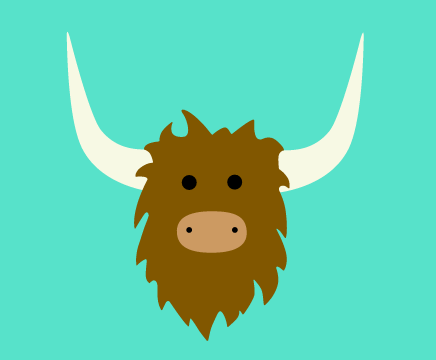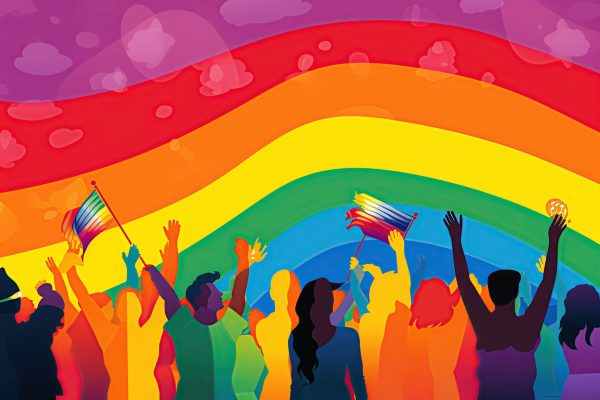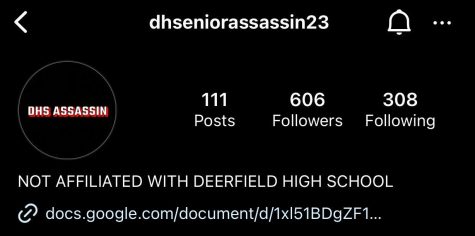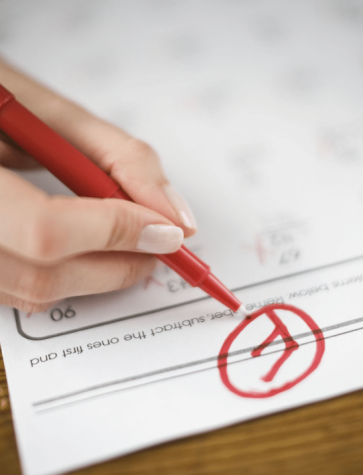The ‘Yik Yak’ mask
The dangers of anonymity and why we should delete the app

GROWING FAST: The app has now reached over 240,000 users.
As I walk through the halls of DHS, I see hundreds of faces pass by me and imagine them as red pins on a phone’s map screen. Each face is now a possible suspect for the outbreak of cyberbullying; each red pin masks the potential bully behind it.
With the recent growth of the application Yik Yak, anyone and everyone is both tempted and susceptible to post for the town to see. Users of the app can anonymously post messages to a newsfeed that spans to fellow app users in a five mile radius.
Yik Yak surfaced as an issue for DHS during April of last school year, and while the administration did its best to suppress the app’s usage, its popularity is once again on the rise. Perhaps students have forgotten about the incident, but more likely, the time gap has lessened the negative connotation of the app; in April it was labeled as a source of bullying, but now students have reduced it in their minds to just another social media form of entertainment.
As adolescents of the 21st century, we are warned of the temptations of hiding behind social media on the internet, but Yik Yak’s anonymity takes this to an extreme. Without providing even a username, every “yakker” is able to hide behind their words. This prevents not only the yakker from receiving blame, but it also prevents viewers from seeking blame and disguises the insults as humor.
The first two rules listed on the app are both: “You do not bully or specifically target other yakkers.”
The rules also prohibit inappropriate language and writing last names, but you can imagine the scarce compliance to these unnoticed, unenforced guidelines.
These rules are a result of a bullying outbreak in schools across the country that have forced Yik Yak to ban usage in high school areas. Yet these rules are still broken daily; when students have left the “protected” halls of their high school, they are once again in range to freely and namelessly post anything they desire.
This isn’t to say that every post is an act of bullying; some posts are funny, general statements. But with hundreds of other social media outlets, the funny posts are better left for an app that allows the poster to take credit for their cleverness. And let’s be honest–those funny posts aren’t the reason for the app’s popularity.
Some friends have told me that they’ve downloaded the app just for the sake of checking to make sure their name isn’t included on it. But what starts as social paranoia becomes an obsession, and soon checking that you’re not mentioned becomes checking if you are mentioned. Soon “upping” (the Yik Yak version of a “like”) becomes commenting, and commenting becomes posting. Victims become the perpetrators, and essentially every user of the app strengthens the power of its anonymity.
The iSafe foundation reported that over 25 percent of adolescents and teens have been bullied repeatedly through their cell phones or the Internet. On top of this, over 50 percent of young people do not tell a parent or authority figure when cyber bullying occurs. With Yik Yak still in use, bullying becomes increasingly likely as the idea of telling an authority figure becomes less likely, since the victim does not know who their bullier is.
In the technological world we live in, trends catch just as instantaneously as they are uploaded to the Internet. As Yik Yak becomes one of these growing trends–it now has over 240,000 users–the dangers of cyberbullying continue to loom over the heads of students.
Simply possessing the app is acting as a bystander; the only way to rid oneself of the app’s harm is to delete it. We can’t delete the harmful words that people will post, but it’s our duty as fellow teens to attempt to reduce the amount of people that read it.





